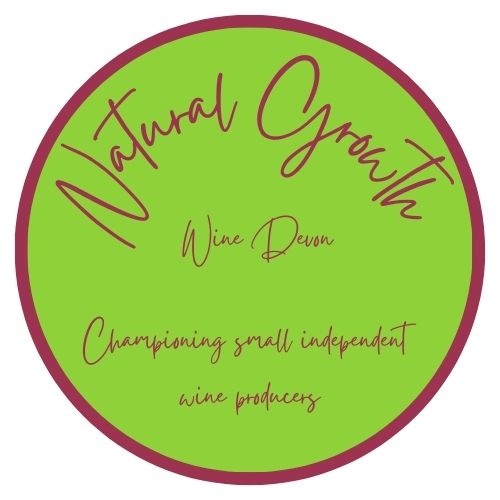Wholesale

Natural Growth wine is an independent agent, distributor of wines from around the world.
We believe in promoting ‘natural’ wines: those that are expressive of their homeland; wines made by hand with minimal chemical intervention; and where the wine making shows maximum respect for the environment.
We believe in the importance of ‘terroir’, indigenous grapes, diversity and organic viticulture. Above all, wines of character.
We champion small, independent winemakers, the hardy souls who put their love and life’s work into the bottle to deliver a unique and inspiring product.
I am always happy to bring a selection of wine for you to understand what I do and shape the option with you, is about understanding what suits you and your customer/client best.
I believe to build that honest relation that allow us to express exactly who we are and what we looking for.


